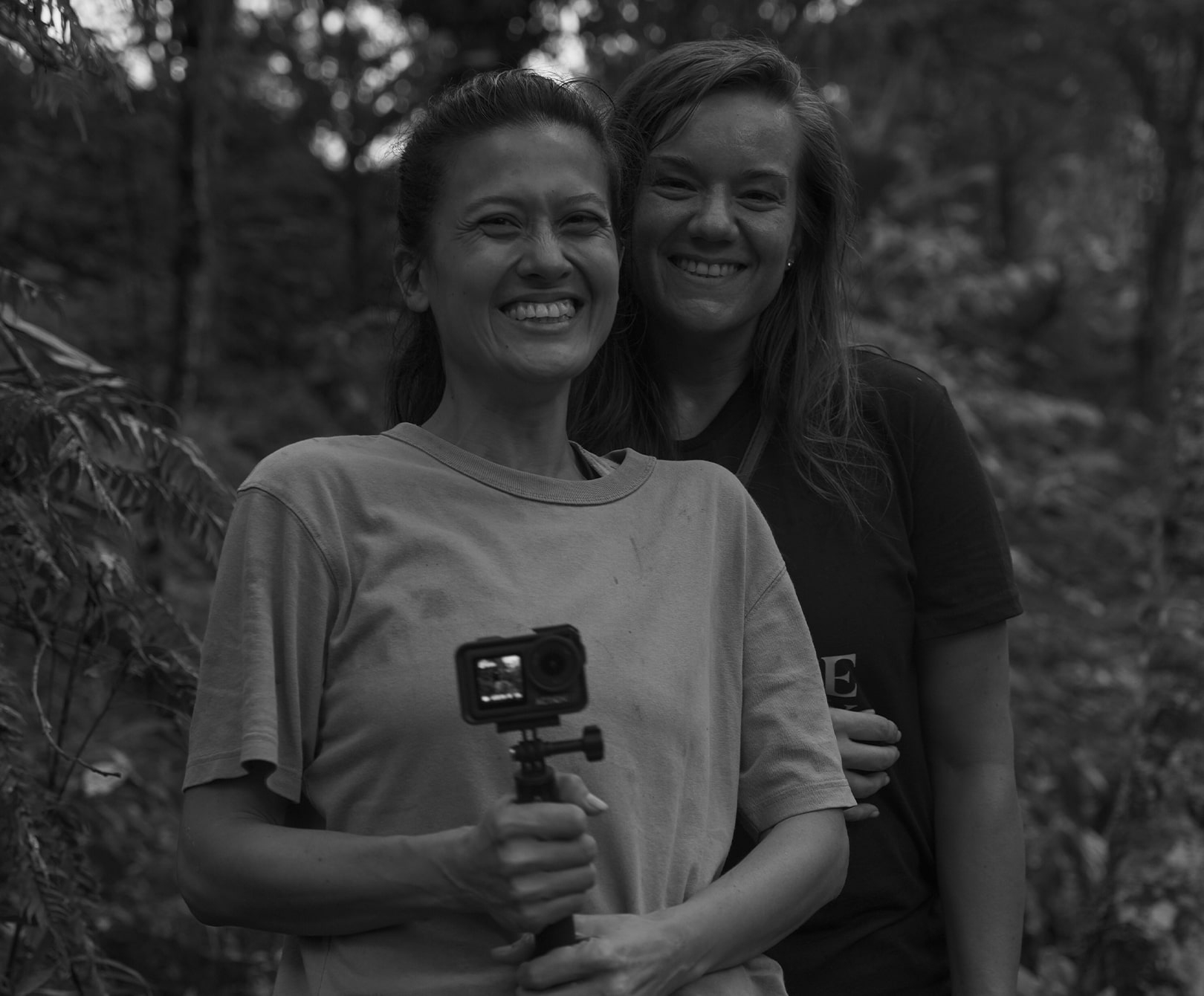Our Journey to Protect Bali
In the summer of 2024, Marcel and Renee shared a vision to restore Bali’s legacy—one rooted in the belief that the island’s unique natural beauty, cultural heritage, and traditional way of life must be preserved for future generations. Their dream was simple yet powerful: to protect Bali’s rainforests, revitalize its biodiversity, and celebrate the island’s deep-rooted traditions such as agroforestry and sustainable farming practices.
What began as a shared passion quickly evolved into Restore the Legacy—a movement driven by the urgent need to combine environmental conservation with community empowerment. Marcel and Renee’s approach is centered on respecting local traditions while introducing sustainable practices that ensure the future prosperity of Bali. This mission goes beyond protecting nature—it’s about safeguarding the Balinese way of life, which has thrived for centuries in harmony with the environment.
In early 2024, Renee and Nava crossed paths through a shared friend. There was an immediate sense of purpose in their meeting, as if something bigger was at play. Nava had already been making a difference in her living area, contributing to lasting change and protecting the heritage of Bali, while Renee’s family had been involved in similar efforts for years. Renee saw in Nava a passionate, intelligent and heartfelt drive for the mission—a spark that confirmed what they both already knew: they were destined to work together towards a better future for the natural world. Without local roots, there could be no future for this mission. As they connected, they both realized that they would bridge the wisdom of Bali and the strength of Western Europe to create a lasting legacy, combining their shared vision and strengths to ensure a better future.

In early 2025, they achieved an important milestone when Restore the Legacy received ANBI approval, a formal recognition that helped solidify the project as a key player in Bali’s conservation efforts. The official launch date, April 12, 2025, was carefully chosen by a Balinese priest to align with the island’s cultural traditions and numerology, reflecting the significance of the mission in both spiritual and practical terms.
Today, the movement continues to grow, uniting people from around the world who share a common goal: to protect Bali’s natural and cultural heritage. By combining eco-tourism, community-led initiatives, and respect for the island’s deep traditions, Restore the Legacy is building a future where nature and people thrive together.
We are proud of how far we’ve come, but our journey has just begun. As a growing team of passionate individuals, we are committed to making this dream a reality for Bali and beyond. Join us and become part of a movement that will leave a lasting legacy for generations to come.
To learn more about how this journey began and the vision behind it, visit our Discover our Roots page.
Discover Our Roots